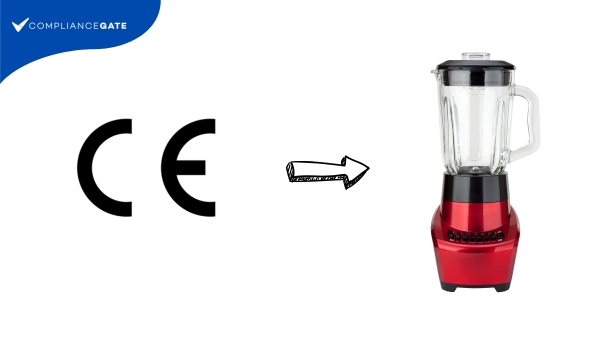
This article covers many of the key steps that must be followed to CE mark machinery in accordance with the requirements laid out in the Machinery Regulation (EU) 2023/1230. This guide is relevant for products that belong to the following categories:
- Machinery
- E-bikes
- Electrical scooters
- Power tools
- Household appliances
This guide is based on the requirements applicable to machinery, not partly completed machinery.
Content Overview

FREE CONSULTATION CALL (30 MIN)
 Ask questions about compliance requirements
Ask questions about compliance requirements Countries/markets:
Countries/markets:
 Learn how we can help your business
Learn how we can help your business
You will speak with:Ivan Malloci or John Vinod Khiatani
Step 1: Determine if your product is defined as machinery
The first step of the process is to determine whether your product is defined as machinery in the first place. Once this has been established, you must also determine which conformity assessment procedure to follow and if you need to involve a notified body.
This determines the direction of the entire CE marking process, which is why these questions must be answered early on. The Machinery Regulation provides an extensive definition of what machinery is. The following definition can be found in Article 3:
(a) an assembly, fitted with or intended to be fitted with a drive system other than directly applied human or animal effort, consisting of linked parts or components, at least one of which moves, and which are joined together for a specific application;
(b) an assembly referred to in point (a), missing only the components to connect it on site or to sources of energy and motion;
(c) an assembly referred to points (a) and (b), ready to be installed and able to function as it stands only if mounted on a means of transport, or installed in a building or a structure;
(d) assemblies of machinery referred to in points (a), (b) and (c), or of partly completed machinery, which, in order to achieve the same end, are arranged and controlled so that they function as an integral whole;
(e) an assembly of linked parts or components, at least one of which moves, and which are joined together, intended for lifting loads and whose only power source is directly applied human effort;
(f) an assembly as referred to in points (a) to (e) missing only the uploading of the software intended for the specific application foreseen by the manufacturer;
In short, a device with moving parts powered by an electrical motor or other non-human or animal force is generally covered by the Machinery Regulation.
For context, a “human-powered” gym machine is generally not covered by the Machinery Regulation and should therefore not be CE marked.
Step 2: Identify the conformity assessment process
Now that you have established that your product is covered by the regulation, it’s time to identify the relevant conformity assessment process. This process impacts whether you need a notified body and other requirements.
b. Identify Conformity Assessment Process
This is how you can determine which conformity assessment process to follow for your machine:
a. Go to the Machinery Regulation on EUR Lex
b. Look up Part A and B of Annex I – Is your machine listed?
c. Select the relevant modules
d. If not listed in Part A or B of Annex I, then follow Module A
| Products | Conformity Assessment Process |
| Machinery listed in Part A of Annex I | Apply one of the following:
Module B (Annex VII) + Module C (Annex VIII) |
| Machinery listed in Part B of Annex I | Apply one of the following:
Module A (Annex VI) |
| Machinery not listed in Part A or B of Annex I | Module A (Annex VI) |
c. Is a notified body required?
Certain modules require the involvement of a Notified Body.
| Module | Notified Body Required |
| Module A | No |
| Module B | Yes |
| Module C | No |
| Module H | Yes |
| Module G | Yes |
If yes, then a Notified Body will need to “approve” the product before you can introduce it on the market. If not, then the process is largely managed by the manufacturer. The latter scenario still requires machinery testing to verify compliance with applicable safety standards.
Step 3: Find applicable machinery standards
The Machinery Regulation essentially requires that machinery sold and used within the European Union is safe. However, it does not provide technical specifications for how this can be achieved. Instead, the regulation requires manufacturers to follow applicable harmonised standards.
Harmonised standards apply to specific safety aspects or types of machinery. You can see harmonised standards as roadmaps for how you can, in technical terms, ensure that the machine meets certain mechanical and electrical safety requirements.
Examples
EN 62841-4-1 – Electric Motor-Operated Hand-Held Tools, Transportable Tools and Lawn and Garden Machinery – Safety – Part 4-1: Particular requirements for chain saws
EN 62841-2-21 – Electric motor-operated hand-held tools, transportable tools and lawn and garden machinery – Safety – Part 2-21: Particular requirements for hand-held drain cleaners
EN 15194 – Cycles – Electrically power assisted cycles – EPAC Bicycles
EN 60335-2-79 – Household and similar electrical appliances – Safety – Part 2-79: Particular requirements for high pressure cleaners and steam cleaners
EN 60335-2-65 – Household and similar electrical appliances – Safety – Part 2-65: Particular requirements for air-cleaning appliances
EN 60335-2-8 – Household and similar electrical appliances – Safety – Part 2-8: Particular requirements for shavers, hair clippers and similar appliances
EN 17352 – Power operated pedestrian entrance control equipment – Safety in use – Requirements and test methods
EN 17106-2 – Road operation machinery – Safety – Part 2: Specific requirements for road surface cleaning machines
EN 16770 – Safety of woodworking machines – Chip and dust extraction systems for indoor installation – Safety requirements
EN 15830 – Rough-terrain variable reach trucks – Visibility – Test methods and verification
EN 14466 – Fire-fighting pumps – Portable pumps – Safety and performance requirements, tests
EN 12978 – Industrial, commercial and garage doors and gates – Safety devices for power operated doors and gates – Requirements and test methods
Design for compliance
As mentioned, harmonised standards set technical requirements that aim to ensure that machinery in the EU is safe for the operator. This, in turn, requires that the components, design, and functionality of the machine are designed to comply with applicable standards in the first place.
In practice, manufacturers must adjust everything from technical design files to the software to ensure that the machine conforms. If not, you will end up wasting money on testing and certification of a machine that is inherently non-compliant.
Step 4: Create label files
The Machinery Regulation sets labelling requirements for covered machinery. This includes the CE mark and other label items. Note that some information may need to be affixed by the notified body.
CE mark
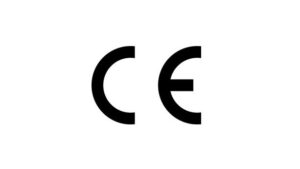
Article 24 mandates that the CE mark be affixed on the machinery by the time it is put into service. The purpose of the CE mark is to demonstrate that the machine is compliant with the Machinery Regulation in its entirety.
Notified body number
The CE mark must be followed by the number of the notified body, if it is covered by a module that in turn mandates the involvement of a notified body.
Traceability information
Manufacturers should provide the following traceability information with their machinery:
- Designation, or related product model, series or type
- Year of construction
- Batch or serial number
- Manufacturer name, registered trade name or trade mark
- Postal address
- Website
- E-mail address or other digital contact information
If the size of the machinery prevents you from affixing the above information on it, you can instead provide it on the packaging or in an accompanying document, such as the instructions.
Warnings and instructions
1. According to the “Essential Health and Safety Requirements” in Part B of Annex III, you should provide information and warnings in the form of easily understandable symbols or pictograms, if possible.
Verbal information and warnings should be provided in a language that can be understood by the user.
2. Requirements concerning the instructions for the use of the machinery are listed under Point 1.7.4 of Part B of Annex III:
- General principles for the drafting of instructions for use
- Contents of the instructions for use
3. Note that there exist specific warning and instruction provisions in Points 2, 3, and 4 of Part B of Annex III.
For example, the instructions for use for machinery for foodstuffs should indicate methods for cleaning, disinfecting and rinsing.
Step 5: Machinery Testing
As mentioned, ensuring compliance with the Machinery Regulation requires that the device is compliant with applicable harmonised standards. This is, in most cases, done through testing the machine according to the relevant parts of such harmonised standards.
Once completed, you will receive a test report that is included in your technical documentation in the next step.
Step 6: Create documentation
Now that we have affixed labelling and completed testing, we can finally wrap up the process by creating the required documentation. Note that the exact documentation requirements depend on the applicable conformity assessment procedures.
Declaration of Conformity
The manufacturer must create a Declaration of Conformity which includes the following:
1. Machinery model name, batch or serial number
2. Manufacturer name and address
3. Authorised representative name and address
4. This declaration of conformity is issued under the sole responsibility of the manufacturer (statement)
5. An image of the machinery (to ensure it can be identified)
6. List of applicable EU regulations and directives (this must at least include the Machinery Regulation)
7. List of harmonised standards
8. Information about the notified body involved (if any)
9. Module A statement (if this is the module that applies to your machinery)
The Declaration of Conformity must also be signed and dated.
EU Type-Examination Certificate
Machinery for which module B is applied also requires the issuance of an EU type-Examination Certificate. This certificate can only be issued by a Notified Body after the completion of a review process.
Technical Documentation
The type of technical documentation manufacturers should draw up depends on whether or not the machinery is partly completed.
According to Article 10, manufacturers should draw up the technical documentation per the requirements in Part A of Annex IV before selling machinery or related products.
Article 11, on the other hand, specifies that manufacturers should draw up the technical documentation according to the requirements in Part B of Annex IV before selling partly completed machinery.
User instructions
Article 10 specifies that manufacturers of machinery or related products should provide instructions for use in digital form. When requested by the user, the manufacturer should also provide the instructions in paper format.
When providing the instructions in digital format, the manufacturer should:
a. Indicate on the machinery, its packaging, or accompanying document, ways of accessing the digital instructions
b. Make the instructions printable and downloadable
c. Ensure the instructions describe the corresponding product model
As also explained under Step 3: Create label files, you can find general principles and content requirements for the instructions in Part B of Annex III.
Note that some of the requirements are only relevant for specific types of machinery (e.g. machinery for foodstuffs)

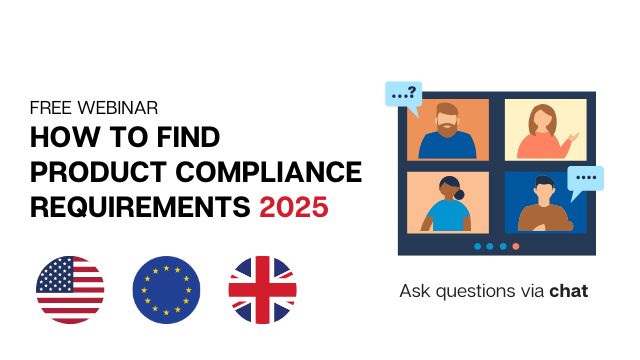
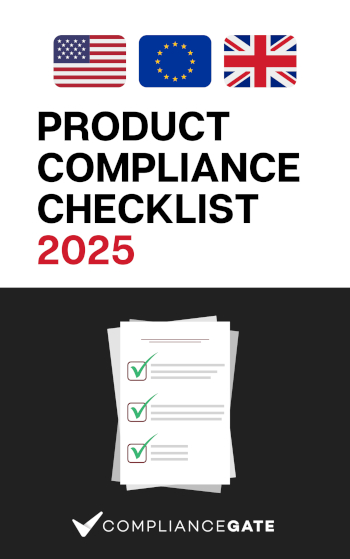


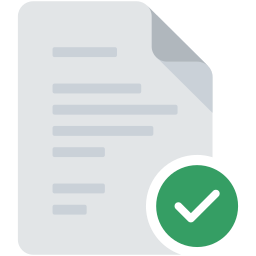

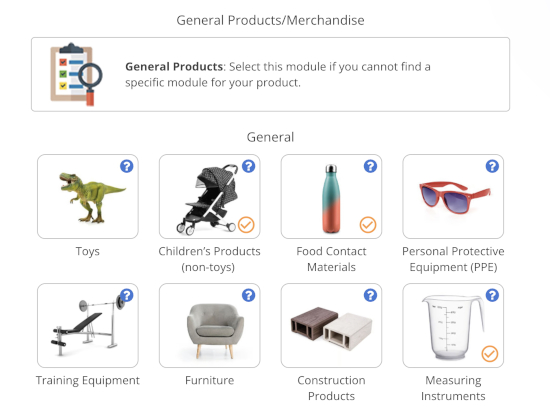






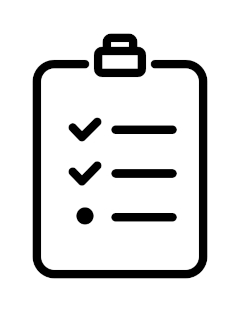


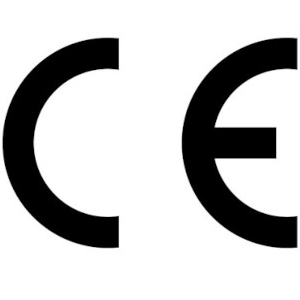




.png)
.png)
.png)
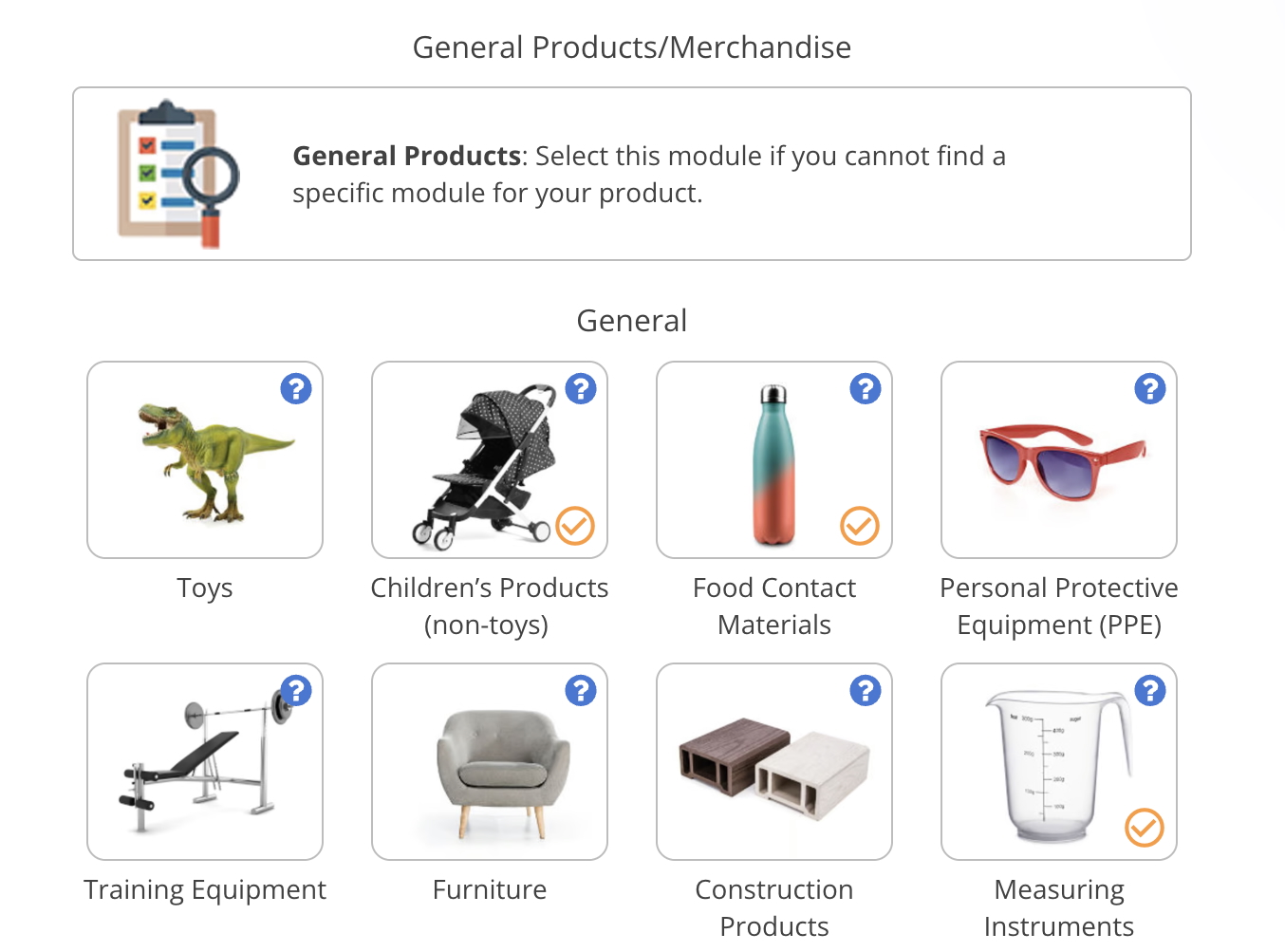


It is mentioned: “Instead, the regulation requires manufacturers to follow applicable harmonised standards.”
First of all, the most important for the machinery directive is missing. Performing the risk assessment. Complying is not just following harmonized standards, as a lot of times a product has features not addressed by a harmonized standard.
It also seems to contradict the following statement from the EU in the Blue guide (see chapter 4).
Harmonised standards never replace legally binding essential requirements. A technical specification given in a harmonised standard is not an alternative to a relevant essential or other legal requirement but only a possible technical means to comply with it. In risk related harmonisation legislation this means in particular that manufacturers always, even when using harmonised standards the references of which are published in the OJEU, remain fully responsible for assessing all the risks of their product in order to determine which essential (or other) requirements are relevant. After this assessment a manufacturer may then choose to apply technical specifications given in harmonised standards the references of which are published in the OJEU to implement ‘risk reduction measures
Forgot to mention. Harmonized standards are ofcourse prefered, but always check if all the risks of the product are addressed. Furthermore a lot of standards are not fully harmonized, but instead published with restrictions. Be sure to check for any of these restrictions. This is not mentioned in the standard itself, ut published in harmonized lists.
Hello Kire,
Thank you, I think you explained this in a much better way than we did.